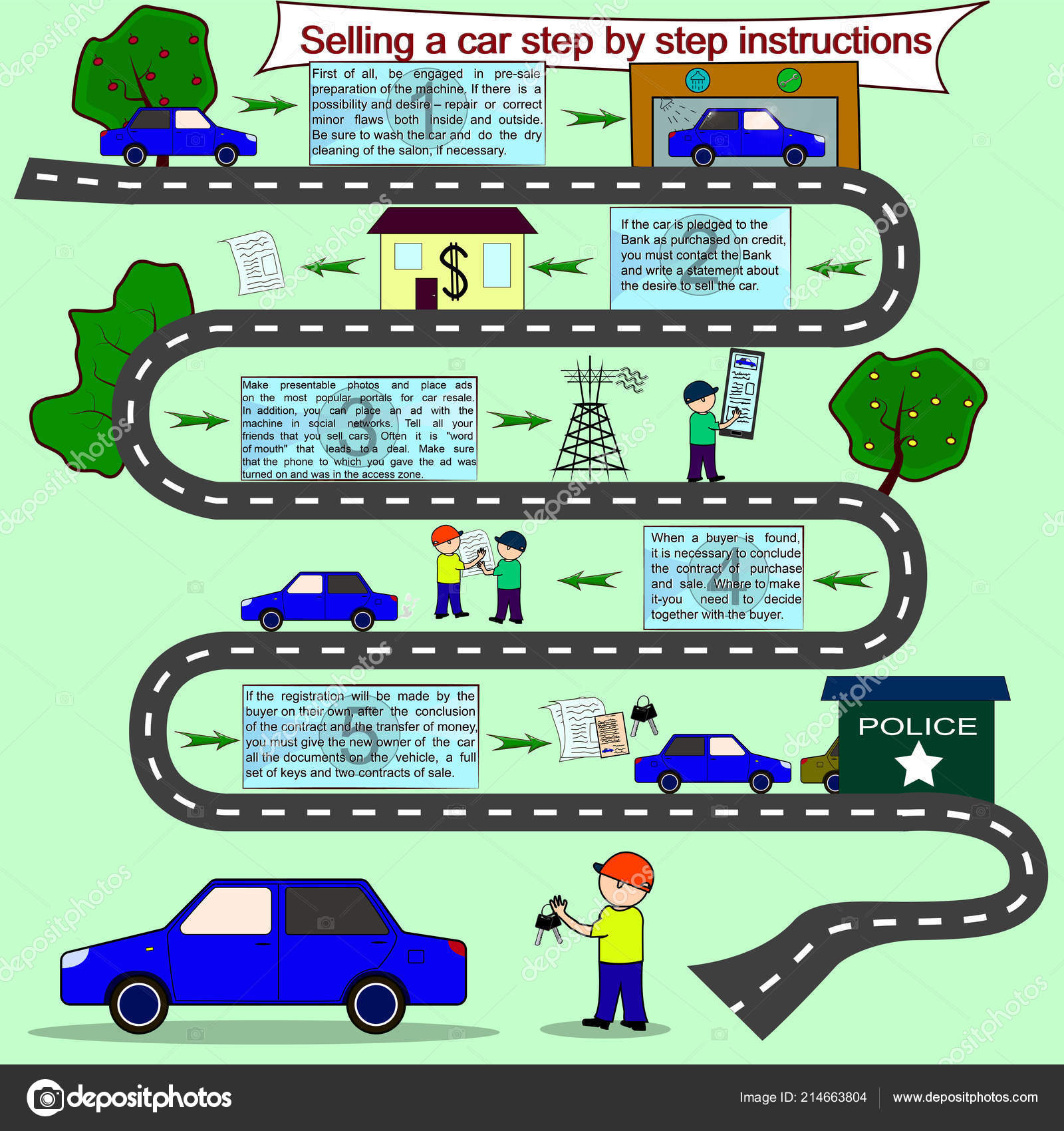When you're behind the wheel, those beautiful warning lights on your dashboard can be a little bit difficult. Do you know what they're trying to tell you about your car's health and wellness? Understanding the significance of these lights is vital for your security and the longevity of your vehicle. So, the following time among those lights pops up, would not you intend to understand its message accurately and take the essential steps to resolve it?
Common Caution Lighting and Interpretations
Identify common caution lights in your automobile and comprehend their definitions to guarantee risk-free driving.
One of the most common warning lights consist of the check engine light, which signifies issues with the engine or emissions system. If this light comes on, it's vital to have your car examined quickly.
The oil pressure advising light suggests reduced oil stress, calling for immediate focus to prevent engine damage.
A blinking battery light may recommend a faulty charging system, potentially leaving you stranded if not resolved.
The tire pressure monitoring system (TPMS) light informs you to reduced tire stress, influencing car security and gas effectiveness. Disregarding this can cause dangerous driving conditions.
The abdominal muscle light suggests an issue with the anti-lock stopping system, jeopardizing your capability to stop swiftly in emergency situations.
Finally, the coolant temperature level warning light warns of engine getting too hot, which can cause severe damages if not dealt with quickly.
Recognizing these usual warning lights will certainly assist you resolve problems quickly and preserve safe driving problems.
Value of Prompt Attention
Comprehending the typical warning lights in your cars and truck is only the first step; the significance of quickly addressing these warnings can't be stressed enough to ensure your security on the road.
When a warning light brightens on your control panel, it's your auto's method of communicating a possible concern that requires attention. Ignoring these warnings can bring about more serious problems later on, jeopardizing your security and possibly costing you extra in repairs.
Prompt attention to warning lights can avoid failures and crashes. For example, a blinking check engine light can show a misfire that, if left neglected, could cause damage to the catalytic converter. Resolving this without delay can save you from an expensive repair.
Similarly, a brake system alerting light could signify reduced brake liquid or used brake pads, important parts for your safety and security when driving.
Do It Yourself Troubleshooting Tips
If you notice a warning light on your dashboard, there are a couple of do it yourself fixing pointers you can attempt before looking for professional assistance.
The first step is to consult your cars and truck's guidebook to understand what the particular caution light indicates. In some cases the issue can be as simple as a loose gas cap causing the check engine light. Tightening up https://drive.google.com/drive/folders/1jx0tHsczI-Bt58mKq7FHzM1TjoLnbtCa?usp=drive_link might deal with the problem.
One more usual concern is a reduced battery, which can trigger different warning lights. Examining the battery links for rust and guaranteeing they're safe and secure might take care of the issue.
If a caution light lingers, you can try resetting it by disconnecting the cars and truck's battery for a couple of mins and afterwards reconnecting it. Furthermore, examining your vehicle's fluid degrees, such as oil, coolant, and brake liquid, can aid troubleshoot advising lights connected to these systems.
Final thought
To conclude, recognizing your cars and truck's warning lights is necessary for keeping your automobile running smoothly and safely. By quickly addressing brake repair and knowing what they suggest, you can stay clear of costly repair work and possible break downs.
Keep in mind to consult your automobile's manual for particular information on each cautioning light and do something about it appropriately to make sure a trouble-free driving experience.
Keep educated, stay risk-free when traveling!
